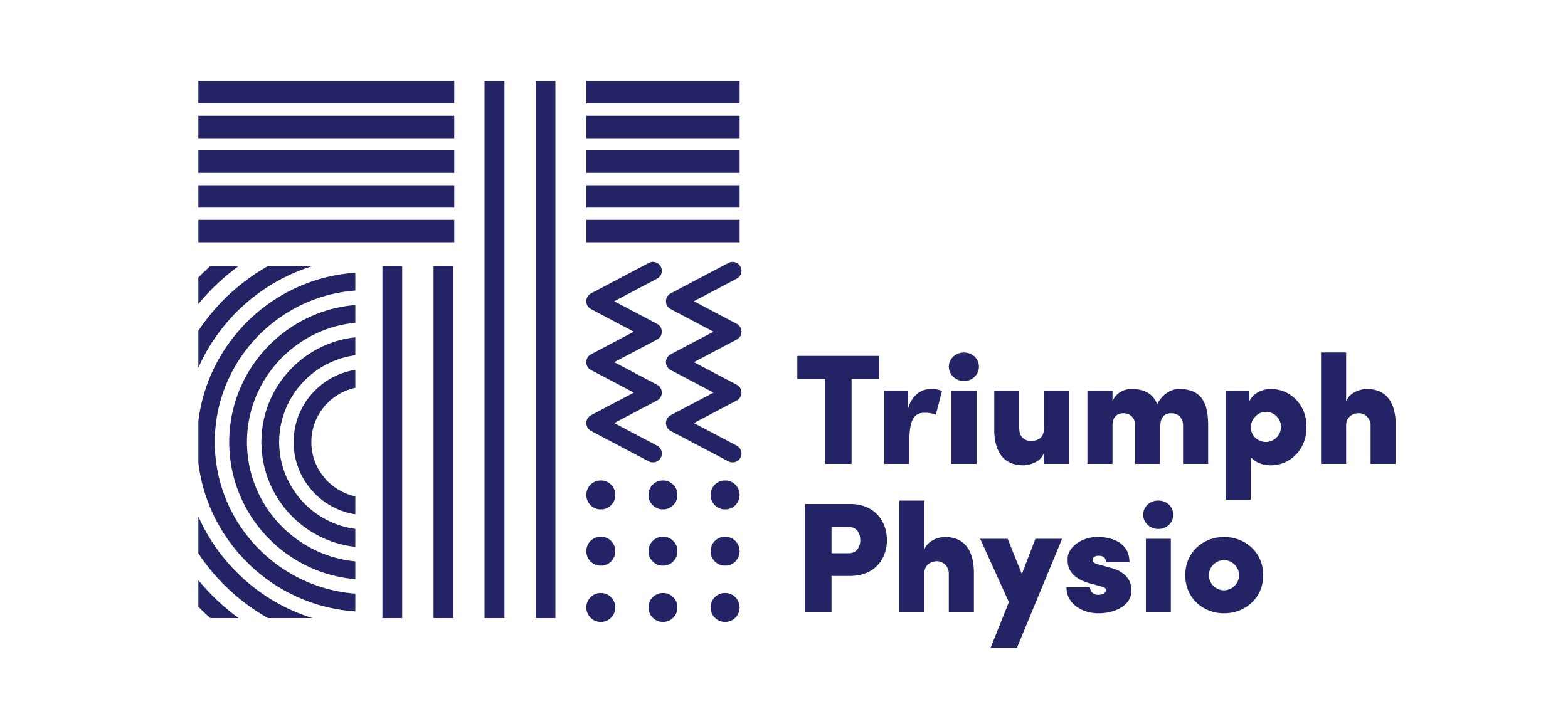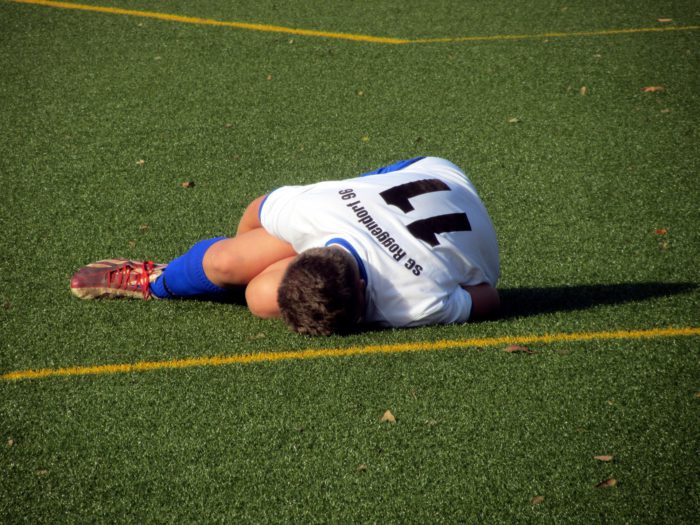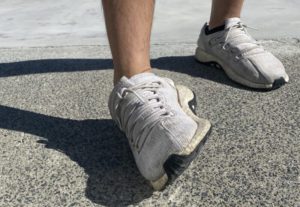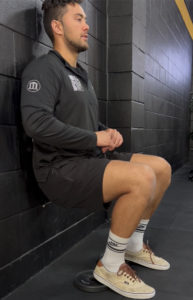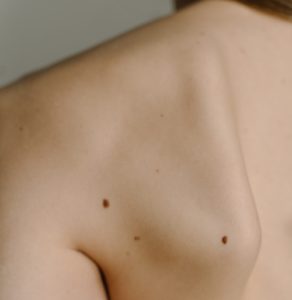How does a hamstring strain occur?
A hamstring strain can be caused by a sudden movement or change of direction, over stretching or straining the hamstring. The pain is usually felt in the back of the thigh and may vary from mild to severe. It usually occurs when a muscle contracts suddenly and forcefully, such as during sprinting or kicking. The most common cause for this injury is an explosive contraction of the hamstrings when they are already contracted (for example after running). This causes damage to their connective tissue fibres and can lead to bleeding within these fibres. In some cases there will be no symptoms until after exercise when swelling develops within these injured areas.
How to treat an acute Hamstring Strain
Rest, ice, compression and elevation (RICE) are very important in the initial treatment of a hamstring injury. You should not return to sport until your physio has cleared you to do so.
If there is only a strain then it may take several weeks for recovery but if there is a tear then it could take months.
- Rest
Rest is crucial during the initial phase of treatment to allow your body to heal. However, you should avoid complete bed rest as this can cause stiffness and muscle atrophy.
- Ice
Cooling the tissue can help reduce the pain associated with hamstring injuries and slow down metabolic changes
- Compression
Compression wraps help support a strained or torn hamstring by limiting swelling. You can use an elastic adhesive bandage (EAB) or tubigrip for compression after an acute injury occurs. If your toes go numb or tingling the compression is too tight, remove it immediately. Avoid wearing it while you sleep
- Elevation
Elevations utilises gravity to reduce the amount of blood pooled in the area to reduce swelling.
Hamstring Rehabilitation: Re-strengthening
stages of strengthening
1. Hamstring specific strengthening. e.g Hamstring curls
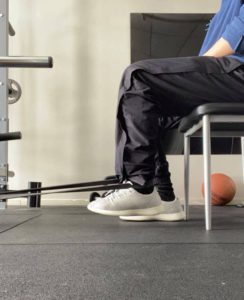
2. functional loaded strengthening e.g lunges, deadlifts, step ups
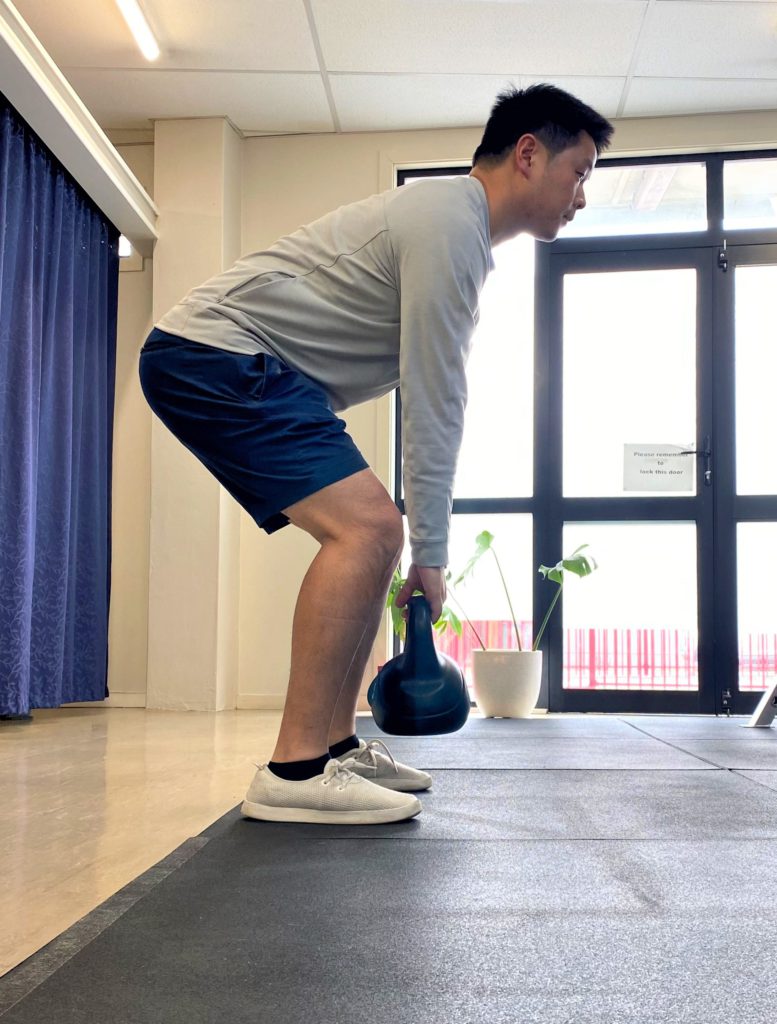
3. Explosive return to sports e.g sprinting, box jump
Hamstring rehabilitation doesn’t have to be completely pain-free
The Research
43 participants (between 18-40 years old was included) were split into 2 groups. Both groups received the same rehabilitation protocol combining a progressive strengthening program and a progressive running regime done twice per week. The only difference is while during rehabilitation, Group A had to be pain-free while Group B can experience 4 or less out of 10 pain (numerical rating scale 0 = no pain, 10 extremely painful)
Results:
– Return to sports: There was no significant difference in the length of time before the players could return to play between the 2 groups
– Knee Flexor strength: Group B had significantly had 15% greater improvement in strength compared to the pain-free Group A at 2 months follow-up
– Hamstring length: Group B also had significant greater muscle length at 2 months follow-up compared to Group A.
– Six months Re-injury follow-up: No difference between the two groups.
Conclusion: This study highlights during hamstring rehabilitation participants can experience minor pain and have better outcomes in strength and hamstring length compared to a pain-free rehabilitation.
For appointments
Triumph Physio operates in Mount Wellington and Newmarket, Auckland. We have qualified Physiotherapist registered under ACC that can help with your ankle sprain. For more info call us on 09 526 1448 or book online by clicking on the button below
